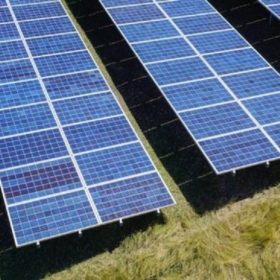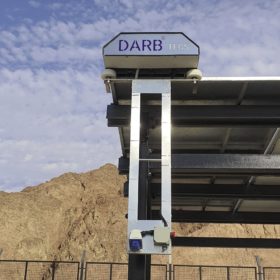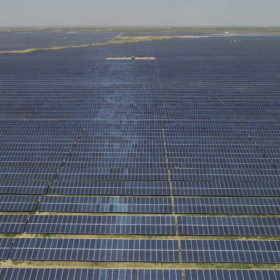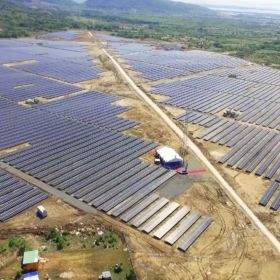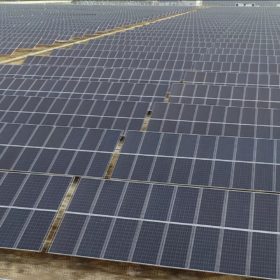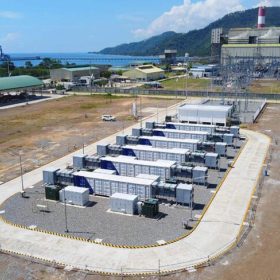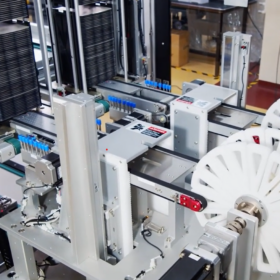MNRE expands ALMM requirement to open-access and net-metering solar projects
Only the solar products and manufacturers making to the Approved List of Models and Manufacturers (ALMM) will now be eligible for open access and net-metering projects—in addition to government-backed projects—installed in the country. These include projects set up for sale of electricity to the Government under Section 63 of Electricity Act, 2003. The amendment shall apply to renewable energy projects which apply for open access or net-metering facility from April 1, 2022.
The long read: Dealing with dust
Sand and dust are a PV plant operator’s worst nightmare. Performance losses due to soiling, or “the dust effect,” are a cause for innovation among O&M providers, particularly in dry and dusty regions that are otherwise ideal locations for large-scale solar installations. Yazeed Al-Mousa examines the latest robotic cleaning solutions, as well as the software and sensors that help plant operators with the tricky economic decision of when to actually start cleaning.
Reliance Industries commits over US$75 billion for green energy projects in Gujarat
The Mukesh Ambani-led diversified business conglomerate has agreed to invest INR 5 lakh crore (US$67.6 billion) in building 100 GW of renewable energy capacity and green hydrogen eco-system in the State. It will also invest INR 60,000 crore (US$8.1 billion) in setting up manufacturing facilities for new and renewable energy equipment including solar modules, electrolyzers, energy-storage batteries, and fuel cells.
India has installed more than 49.3GW of solar
The nation reached a cumulative 151GW of renewable energy generation capacity – including large hydro – by December 31, although a large volume of off-grid equipment is not included in that figure.
Asia Pacific solar supply chain trouble to ease this year, according to analyst
Wood Mackenzie has predicted solar equipment cost increases will ease back after last year saw the average cost of solar electricity rise for the first time in the Asia-Pacific region.
Daily news wrap: Waaree Energies gets SEBI nod for IPO, Jharkhand starts getting 200 MW solar power from Gujarat
Solar manufacturer Waaree Energies had filed its draft red herring prospectus (DRHP) with Sebi in September last year. Jharkhand has started getting 200 MW of solar power from Gujarat at a price of INR 2.5/kWh under a 25-year PPA with SECI.
SJVN secures 125 MW of solar projects in Uttar Pradesh
The State-owned hydropower producer has been awarded 75 MW of grid-connected solar projects in the Jalaun district and 50 MW in the Kanpur Dehat district. Power generated from these projects shall be procured by the Uttar Pradesh New and Renewable Energy Development Agency (UPNEDA) for 25 years.
India may add 12.5GW of solar in 2022-23
Ratings agency ICRA expects the solar boost based on the backlog of PV projects awarded by central and state electric utilities.
ReNew raises $400 million by issuing green bonds
The developer shall use the amount raised to refinance existing debt and fund capital expenditure in renewable energy assets, among other uses.
Philippines’ SMC to start operation of 690MW of batteries
Filipino conglomerate San Miguel Corp aims to complete 1GW of battery storage projects this year to make way for the integration of some 3GW of intermittent renewable energy generation.
